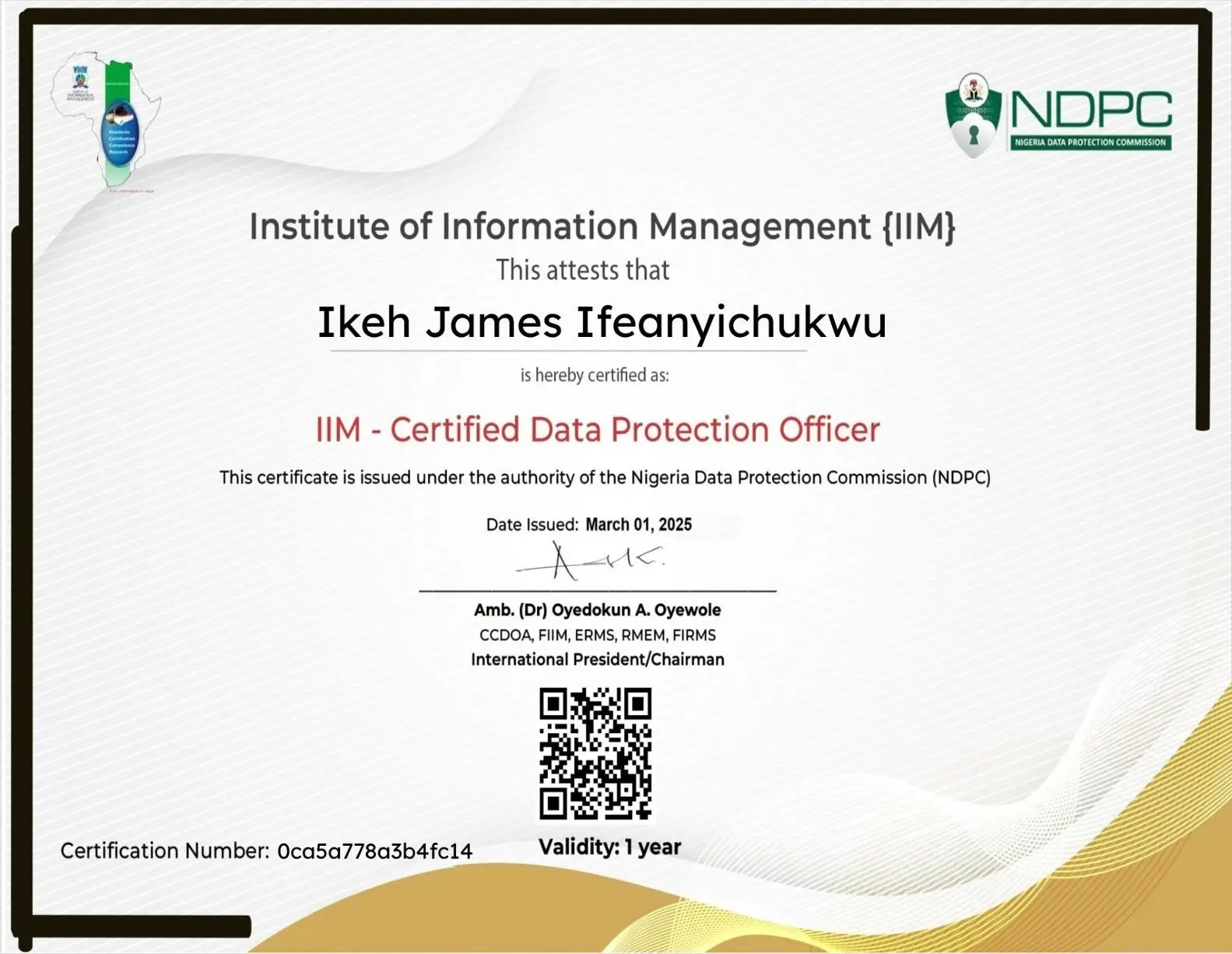The Patchwork of State Privacy Laws: A US Compliance Nightmare
Share

In the United States, data privacy regulation has become a maze of overlapping, state-specific laws that businesses must navigate carefully. Unlike the European Union’s GDPR, which provides a single, unified privacy framework, the U.S. relies on a fragmented system of state-level laws — each with unique requirements, definitions, and penalties.
For businesses operating across state lines, this patchwork of privacy rules has created what many experts call a compliance nightmare.
This article breaks down the complexities of America’s state privacy laws, real-world compliance challenges, and proven strategies for keeping your organization out of legal trouble.
1. Why the U.S. Has No Unified Data Privacy Law
Unlike most developed economies, the U.S. lacks a federal data protection law covering all industries and personal data types.
Instead, the U.S. privacy landscape is governed by:
- Sector-specific federal laws (e.g., HIPAA, GLBA, COPPA).
- State privacy laws, each with different scopes and enforcement mechanisms.
This decentralized system gives states the freedom to enact their own privacy legislation — resulting in inconsistent and sometimes conflicting requirements.
2. Major State Privacy Laws You Should Know
Here’s a quick comparison of the leading state-level data privacy laws in the U.S.:
| State Law | Effective Date | Applies To | Key Consumer Rights | Enforcement Agency |
|---|---|---|---|---|
| California Consumer Privacy Act (CCPA) / CPRA | 2020 / 2023 | Businesses with $25M+ revenue or 100K+ consumers | Access, deletion, opt-out of sale, correction | California Privacy Protection Agency (CPPA) |
| Virginia Consumer Data Protection Act (VCDPA) | 2023 | 100K+ consumers or 25K+ if 50% of revenue from data sales | Access, correction, portability, deletion, opt-out | Virginia Attorney General |
| Colorado Privacy Act (CPA) | 2023 | 100K+ consumers or 25K+ if selling data | Access, correction, deletion, opt-out | Colorado Attorney General |
| Connecticut Data Privacy Act (CTDPA) | 2023 | 100K+ consumers or 25K+ with data sales | Access, correction, deletion, portability | Connecticut Attorney General |
| Utah Consumer Privacy Act (UCPA) | 2023 | 100K+ consumers or 25K+ with 50% of revenue from data sales | Access, deletion, opt-out | Utah Attorney General |
| Texas Data Privacy and Security Act (TDPSA) | 2024 | Businesses processing personal data in Texas | Access, correction, deletion, opt-out | Texas Attorney General |
Each law has different definitions of personal data, exemptions, consumer rights, and compliance obligations, which complicates nationwide compliance efforts.
3. The Compliance Challenge: One Country, Many Rules
For U.S. companies, operating in multiple states often means juggling dozens of privacy obligations.
Here are a few key challenges businesses face:
- Inconsistent definitions: “Personal information” or “sale of data” can mean different things across states.
- Conflicting requirements: One state might require opt-in consent; another allows opt-out.
- Multiple regulatory authorities: Each state has its own attorney general or privacy agency.
- Complex compliance operations: Businesses need separate workflows for handling data subject requests in different states.
“Complying with U.S. privacy laws is like playing chess on five boards at once — every move in one state can affect another,” says Lisa Monroe, a cybersecurity compliance consultant based in Washington D.C.
4. Real-World Example: How Fragmentation Hits Businesses
In 2024, a mid-sized e-commerce brand based in Chicago was fined for failing to honor California residents’ “Do Not Sell My Data” requests, even though the company had already implemented a data deletion mechanism under Virginia’s law.
The problem?
California’s definition of “selling” data included certain types of analytics sharing — which Virginia’s law didn’t cover.
This case underscores the need for tailored compliance strategies that recognize state-specific nuances.
5. What Businesses Must Do to Stay Compliant
While the privacy patchwork is complex, companies can stay compliant with a proactive and structured approach:
Step 1: Map Your Data Flows
Identify where personal data comes from, where it’s stored, and how it’s shared across states.
Step 2: Categorize Your Legal Obligations
Determine which state laws apply to your business based on revenue, data volume, and geography.
Step 3: Implement Universal Privacy Standards
Adopt policies that meet the strictest law (usually California’s CPRA) — then adjust downwards as needed.
Step 4: Update Privacy Policies and Notices
Ensure transparency about how you collect, share, and protect personal data.
Step 5: Automate Data Rights Requests
Use automated systems to manage consumer requests for access, correction, and deletion.
Step 6: Train Employees and Vendors
Compliance isn’t just legal — it’s operational. Everyone handling data should understand privacy principles.
6. The Push for a Federal Privacy Law
Many industry leaders and policymakers are calling for a federal data privacy law that would streamline compliance and create uniformity across the U.S.
Proposed legislation like the American Data Privacy and Protection Act (ADPPA) aims to do this, but it faces political challenges around state preemption and private right of action.
Until Congress acts, the state-by-state patchwork will continue to expand, with new privacy laws expected from Oregon, Florida, and New York in the coming years.
7. The Cost of Non-Compliance
Failing to comply with state privacy laws can be expensive — both financially and reputationally.
| Type of Violation | Potential Penalty |
|---|---|
| Failure to honor data rights requests | Up to $7,500 per violation (California) |
| Misleading privacy policies | Civil penalties under state consumer laws |
| Data breach due to negligence | Lawsuits and loss of customer trust |
| Repeat or willful non-compliance | Enforcement actions, injunctions, and public exposure |
Even a single data privacy violation can spiral into multi-state investigations and class-action lawsuits, especially if sensitive data is involved.
8. Best Practices to Simplify Multi-State Compliance
| Best Practice | Actionable Tip |
|---|---|
| Adopt a “highest standard” policy | Use CPRA as your baseline framework. |
| Leverage privacy management tools | Automate compliance workflows and risk assessments. |
| Maintain audit trails | Keep detailed logs of data processing and consumer requests. |
| Engage external counsel or DPO | Regular legal reviews prevent costly mistakes. |
| Stay informed | Monitor updates to privacy laws quarterly. |
9. Future Outlook: The Growing Privacy Landscape
By 2026, over 20 U.S. states are expected to have their own privacy laws. Businesses that continue to treat privacy as an afterthought risk getting left behind.
Forward-thinking organizations are investing in privacy-by-design, making data protection a core part of their brand identity and competitive advantage.
“In the age of consumer distrust, privacy isn’t just about compliance — it’s about loyalty,” says Daniel Kim, CISO of a New York-based SaaS firm.
Frequently Asked Questions (FAQs)
1. Why does the U.S. have so many different privacy laws?
Because there’s no comprehensive federal privacy law — states create their own to fill the gap.
2. Which U.S. privacy law is the strictest?
California’s CPRA is considered the most comprehensive and influential model.
3. How can small businesses manage multi-state compliance?
By adopting universal privacy principles like transparency, consent, and data minimization.
4. Will there be a federal privacy law soon?
It’s under discussion, but political disagreements have delayed progress.
5. What’s the best way to prepare for future laws?
Stay agile — build flexible privacy programs that can quickly adapt to new requirements.
Final Thoughts
The patchwork of U.S. state privacy laws is a growing challenge — but also an opportunity. Businesses that embrace privacy compliance today will be better equipped to build trust, avoid fines, and lead in a data-driven world tomorrow.
In a landscape defined by complexity, the companies that simplify privacy will win.
























Leave a Reply